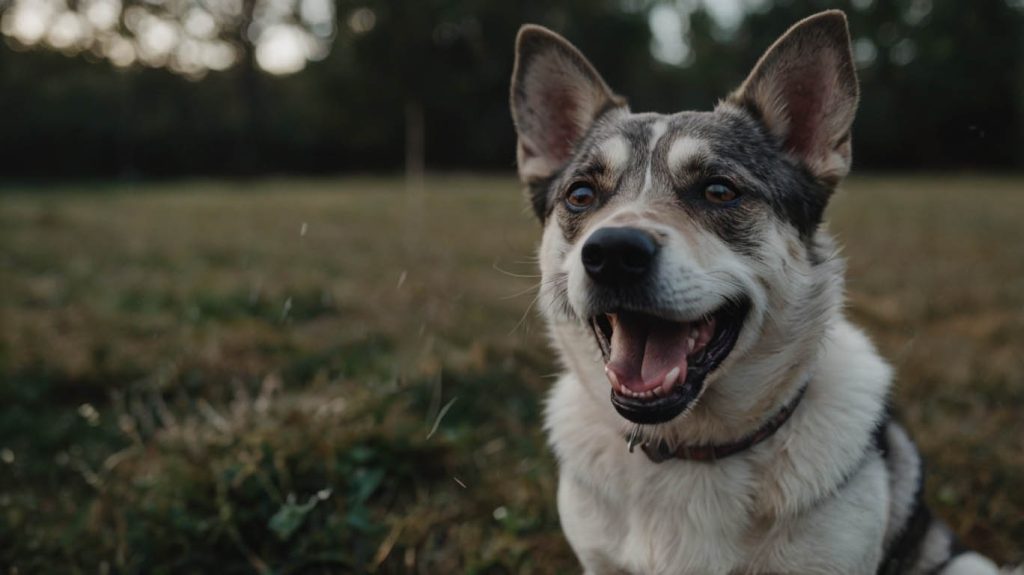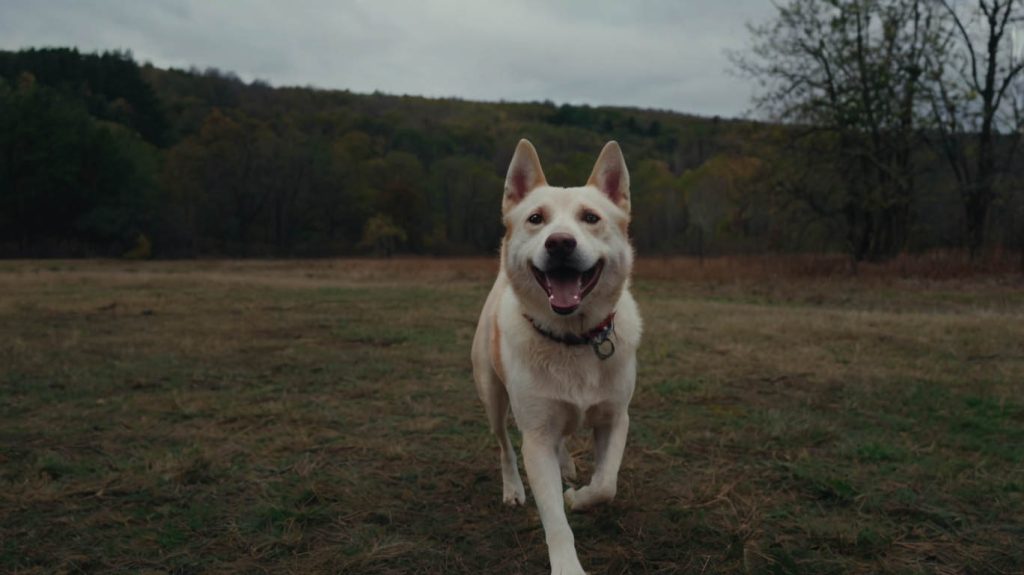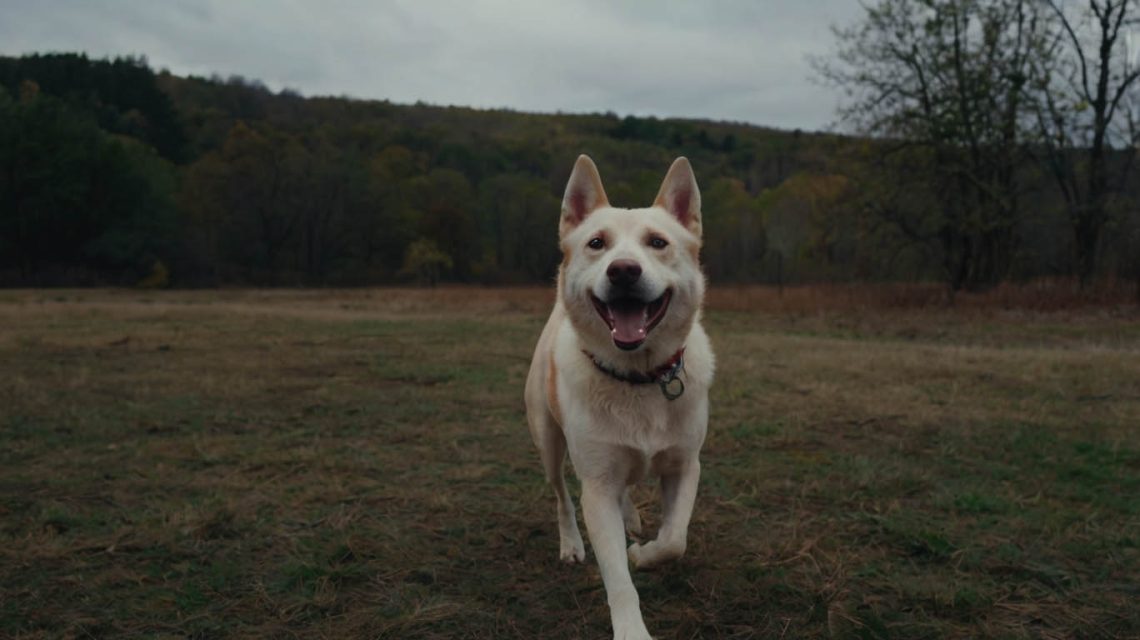How to Deal with a Reactive Dog: Your Guide to Peaceful Walks
You adore your dog. At home, they are a perfect angel—a goofy, loving, cuddly companion. But the moment you clip on the leash and step outside, a transformation occurs. The sight of another dog, a person on a bicycle, or even a squirrel sends them into a frenzy. They lunge, bark, and snarl at the end of the leash, and you are left standing on the other end, feeling a mixture of embarrassment, frustration, and helplessness. Your relaxing walk has turned into a stressful, tactical mission. Consequently, you find yourself dreading walks and desperately searching for answers on how to deal with a reactive dog.
If this scenario sounds painfully familiar, please know two things: you are not alone, and your dog is not “bad.” Reactivity is not the same as aggression. It is an overreaction to a specific stimulus, and it is almost always rooted in big emotions like fear, anxiety, or frustration. Therefore, helping your dog requires empathy, patience, and a smart, proactive training plan. This guide will provide the framework you need to manage the behavior, rebuild your dog’s confidence, and finally start enjoying your walks again.
Understanding the “Why”: What is a Reactive Dog?
Before you can effectively learn how to deal with a reactive dog, you must understand what the term means. A reactive dog is one who has an out-of-proportion, “big emotional” reaction to a normal trigger. This often looks like aggression—barking, lunging, snarling—but the underlying motivation is usually very different.
- Fear-Based Reactivity: This is the most common cause. The dog sees a trigger (like another dog) and is terrified. Their big, loud display is a desperate attempt to create distance and make the scary thing go away. They are shouting, “Stay away! You’re frightening me!”
- Frustration-Based Reactivity: This dog is often very social and desperately wants to greet the other dog or person. However, the leash holds them back, leading to immense frustration that boils over into barking and lunging. They are essentially having a tantrum, yelling, “Let me go! I want to say hi!”
- Territorial Reactivity: This is often seen when a dog reacts to triggers from their own yard or through the window of their home, feeling the need to defend their space.
It’s crucial to recognize that reactivity is an emotional response, not a sign of a dominant or malicious dog.

Management First: Your Key to Dealing with a Reactive Dog
Before you can start any training, you must stop the “rehearsal” of the reactive behavior. Every time your dog has a reaction, it reinforces the neural pathways in their brain, making the behavior stronger. Your first job is to manage the environment to prevent these outbursts.
Increase Distance, Decrease Stress
The most important concept in managing reactivity is threshold. This is the distance at which your dog can see their trigger without reacting. Your goal is to always stay “under threshold.”
- Become a Ninja on Walks: Be constantly aware of your surroundings. If you see another dog approaching, immediately cross the street, turn around and walk the other way, or duck behind a parked car.
- Walk at Off-Peak Hours: Avoid the after-work “rush hour” at the park. Try walking very early in the morning or later at night when you are less likely to encounter triggers.
- Ditch the Retractable Leash: Use a standard 6-foot leash. This gives you better control and prevents your dog from getting too far ahead of you and too close to a trigger.
This proactive management is the foundation of learning how to deal with a reactive dog.
The Training Plan: How to Deal with a Reactive Dog Long-Term
Once you have management in place, you can begin the work of changing your dog’s emotional response. The goal is to transform the trigger from something scary or frustrating into something that predicts a reward.
Step 1: Desensitization and Counter-Conditioning (DSCC)
This is the gold-standard, science-backed method for treating reactivity.
- Desensitization (Making the trigger less intense): This means exposing your dog to their trigger from a great distance—a distance where they can see it but are still well under their reaction threshold.
- Counter-Conditioning (Changing the emotional response): This means pairing the sight of the trigger with something your dog absolutely loves.
- The “Look at That” Game: Find a spot (like a quiet park bench) where you can see triggers (other dogs, people) from a very safe distance. The moment your dog looks at the trigger, say “Yes!” in a happy voice and immediately give them a super high-value treat (like chicken, cheese, or hot dogs). The trigger appears -> they look -> they get a treat.
- The Goal: Over time, your dog’s emotional response will begin to change. When they see another dog, their thought process will shift from “Oh no, a scary dog!” to “Oh boy, there’s a dog! Where’s my chicken?” The other dog becomes a predictor of good things.
This process must be done slowly, over many sessions. If your dog reacts, you are too close. Simply increase the distance at your next session.
Step 2: Building Engagement and Focus on You
A reactive dog is often hyper-focused on the environment. You need to teach them that you are the most interesting and rewarding thing on a walk.
- Practice “Check-Ins”: Throughout your walk, whenever your dog voluntarily looks up at you, reward them. This encourages them to keep their focus on you.
- Emergency Maneuvers: Have a go-to move for when a trigger appears unexpectedly. A “U-turn” where you cheerfully say “This way!” and quickly walk in the opposite direction while scattering treats on the ground can turn a potentially scary situation into a fun game. This is a practical tip for how to deal with a reactive dog in real-world scenarios.

Crucial Do’s and Don’ts for a Reactive Dog
- DO Use High-Value Treats: Your dog’s regular kibble won’t be enough to compete with a major trigger. You need the good stuff!
- DO Keep Sessions Short and Positive: End your training sessions before your dog gets tired or stressed. Always aim to end on a successful note.
- DON’T Use Punishment: Never yank the leash, yell at your dog, or use aversive tools like prong or shock collars. Reactivity is rooted in emotions like fear. Punishment will only increase that fear, making the reactivity worse and damaging your dog’s trust in you. Positive reinforcement is the only way forward.
- DON’T Force Interactions: Forcing your fearful dog to “say hi” to another dog is the equivalent of pushing someone with a fear of spiders into a room full of them. It is counterproductive and cruel.
When to Seek Professional Help
Reactivity is a complex issue. If you feel overwhelmed, are not making progress, or if your dog’s reactivity is escalating, it is vital to seek help from a qualified professional.
- Consult Your Veterinarian: Rule out any underlying medical issues, like pain or a thyroid condition, that could be contributing to the behavior.
- Hire a Certified Professional: Look for a certified trainer (CPDT-KA, KPA-CTP, etc.) or a veterinary behaviorist who has specific experience with reactivity and who uses modern, force-free training methods. Ask them specifically how to deal with a reactive dog. Their answer should revolve around management and DSCC.
There is Hope for Peaceful Walks
Living with a reactive dog is challenging, but it is not a life sentence of stressful walks. With a commitment to smart management, a patient and positive training plan, and professional guidance when needed, you can help your dog build the confidence they need to navigate the world calmly. You can get back to enjoying your time together, one peaceful step at a time.
What is your dog’s biggest trigger? Share your story or questions in the comments below. Let’s support each other on this journey.


